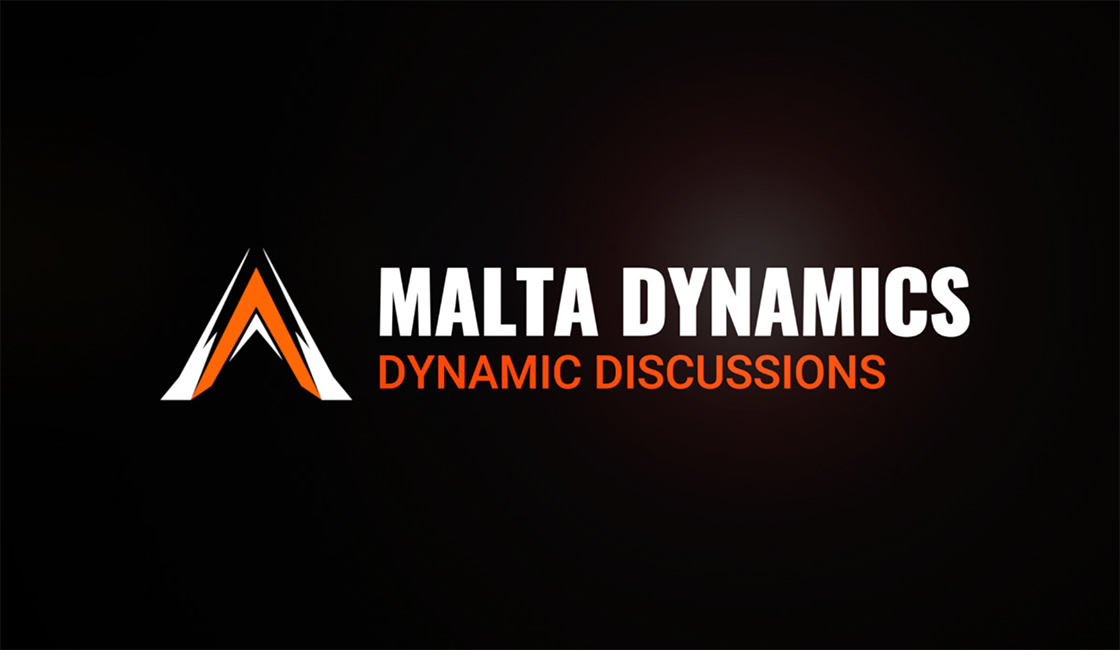What is Netting?
Fall Proof Systems has been around for approximately 20+ years, and Ray has been in the industry for about 12 years. Ray started in the netting industry then worked his way over to the lifeline and training world. Fall Proof Systems is based in New Jersey and they work remotely across the country. Ray has been a great partner with Malta Dynamics. There have been several questions lately about netting as far as when you should use it and whether it’s a temporary or permanent solution. At Malta Dynamics we don’t do netting. We don’t manufacture anything with netting, but we do know a guy who is an expert with netting, and that guy is Ray.
What is the best time and best situation for netting? What are the ins and outs as far as an indicator of when someone should use it? Ray Nardo is going to answer these questions for us.
Ray from Fall Proof Systems gave good examples of when using netting is most common. “The challenges with netting is that it can be used in almost any instance, anytime or anywhere. It can be used for debris containment, on conveyor belts, high rise construction or an open work area. There’s a lot of different applications for netting. The one that Fall Proof Systems see most often is in high rise construction, and you’ll find that in your major cities. Bigger cities are often out of room, if anything did come off the building it’s not only going to affect the workers but it would also affect the people walking by on a daily basis. The second area that we see a lot is under net decking. What that is, is under a deck for your iron workers to catch them internally, inside the building. The next area is the conveyor belt netting in the large warehouses. Obviously during these times we are seeing a lot more shipping and more opportunities in these large industries that could ultimately shoot debris off of the belt to the workers below. We also see a lot of netting used under the roofing trusses, so while the roof is being torn off above the workers can still work below in the factories. In the past, the factory would have to be closed down while the roof was being replaced and that could take up to approximately 1-2 months. With the ability to put up the netting, it allows workers to work safely below and the roofers to do their job up above.”
The next question that we asked is, “If you’re using the netting as your fall protection for workers instead of debris, are you required to tie off or does the netting suffice as their fall protection system?”
Ray Nardo answered this question as well stating that “There’s a personnel rated safety net that’s designed by a Qualified Person to be able to catch people that would allow them to not tie off at that point. You can do that typically with an underdecking and a cantilever system. There are some OSHA guidelines that are based on depending on how high the worker is above the net and how far the net has to reach out on a cantilever system. We have the ability to meet the customer’s needs on what they’re trying to do, and that’s where a Qualified Person comes in where we engineer the system out to the facility or to the building.”
The last question that we had for Ray Nardo was, “Would the netting system that is rated to catch debris be a different system than one that is rated to catch personnel?”
The answer for this was, “It’s typically rated on what you are trying to catch. There’s a light debris system that can catch anything such as personal tools or a brick. There’s a heavy weight system that can catch cinder blocks, two by fours, larger items. Then you have personnel. The personnel netting does have a debris liner in them so you can catch debris and personnel. It really comes down to a quick conversation of what are you trying to catch and how far are you going to let it fall. The more free fall you have the more force you have. Netting does come in light debris, heavy debris and personnel systems.”
Have a fall protection question?
Submit your question, and you could be featured on Dynamic Discussions!
